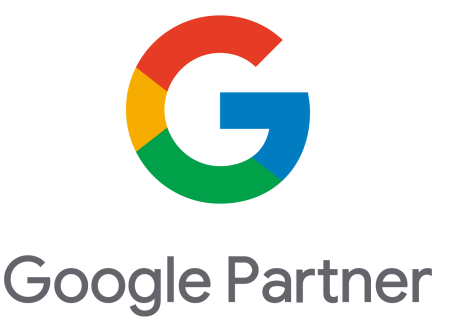How to Optimise Your Website to Increase Lead Conversion
This blog post was written by:
Traffic is important. It’s the lifeblood of a thriving website, and it’s crucial that you’re able to drive people to your website. But, in the words of Shopify’s Kevin Donnelly
, ‘your store needs to be designed with your customers in mind’. This means that getting the traffic is only half of the battle - once someone has arrived at your website, how do you go about turning that person into a paying customer? Certainly, boosting traffic can increase sales, but it’s important not to lose sight of the traffic you already have. How can you maximise its potential, and how can you make sure the conversion sticks?You have to consider the journey your customer is taking when they visit your website. In order to improve conversion rates, you need to do whatever you can to improve that journey - to shorten it, make it easier to navigate and simply more enjoyable. It’s also crucial to note that conversion isn’t easy - there’s no quick fix that will immediately turn things around. This blog is designed to help you understand conversion and how best to optimise your website to get the most out of it. Let’s start with what a conversion actually is.Everyone is chasing that one big conversion - where a casual visitor finally flips the switch and makes a purchase on your website. But did you know there are conversions happening all over the website, all the time? Having a visitor click through on your homepage to a product is in fact a conversion. These smaller conversions act as a step towards the ultimate one and form the visitor’s journey through your website. One of the best ways of optimising your website for conversions is to make the visitor journey as smooth as possible. Liz Fraser, Digity’s own Digital Marketing Consultant, says, ‘Think about the customer journey and at any given stage give them what they need to make the next step towards their purchase decision’.This involves clearing up a number of factors: A Clear Message:
Your website’s message needs to convey explicitly what you offer, immediately. If your website is vague about what your business does and offers, then it’s quickly going to turn people away before they even make the first conversion. Poor Usability:
If your website is optimised poorly for mobile, you’ll likely turn people away when they’re still on the homepage. Mobile might seem less important in the grand scheme of things, but it is possible for mobile traffic to outperform desktop traffic - with the correct optimisation. Not only that, but mobile traffic shouldn’t be written off if it isn’t providing conversions - after all, for many, the ease of access of mobile acts as an entry point to your website. It’s highly possible that after visiting via mobile, a potential customer will then visit your desktop and convert there instead. Make sure then that you don’t simply write off mobile traffic as useless - you could be jeopardising future desktop conversions.Another way of optimising your website for conversions is to improve the way you utilise call-to-actions. Your entire website needs to be optimised around it. At its core, you must offer something interesting to the visitor. Not only that, you need to draw them in once hooked with a compelling call-to-action - something simple like ‘contact us’ or ‘get in touch’ can be enhanced greatly by offering the customer a reason to do so, for example, ‘contact us to learn about our services’.At the centre of a successful conversion is value proposition - your visitor will assess what value there is in completing an action on your website and that goes for almost any action. Should you have a bland and basic call-to-action on your contact forms, then the visitor may see very little value as it doesn’t appeal to them. However, if you understand your audience, if you tailor your call-to-actions to those who you think will be visiting, then your conversion rates are likely to increase. ‘Optimizing means finding a balance between conversion quantity and value, between value to you as a business and value to the customer,’ says Liz. Striking that balance is key to converting visitors into customers.Optimising your website for conversion should be of paramount importance to any business. Converted visitors are repeat customers, and according to a Marketing Metrics
study, your probability of selling to an existing customer is a massive 60 to 70 percent as opposed to between 5 and 20 percent for a brand new customer. That helps to reinforce just how important it is to ensure these conversions go through to completion.
If you need any more advice or help optimising your website, we can help on 01189 100 012 or email hello@digity.co.uk.



